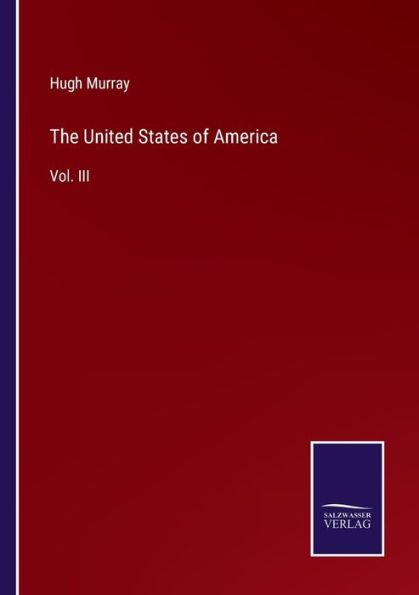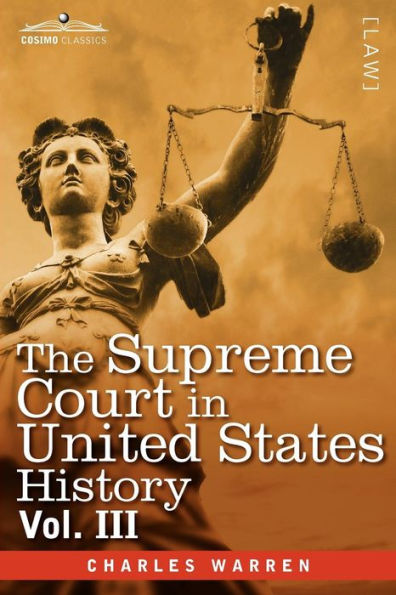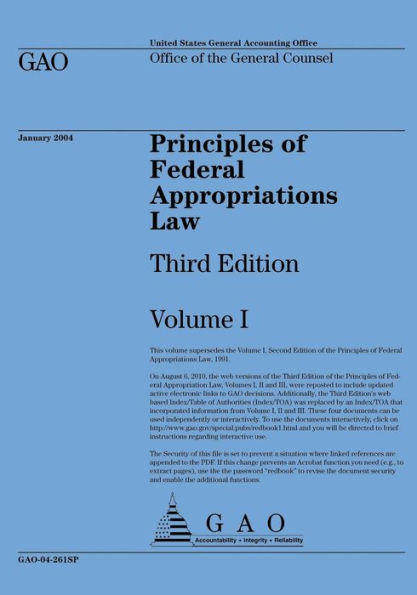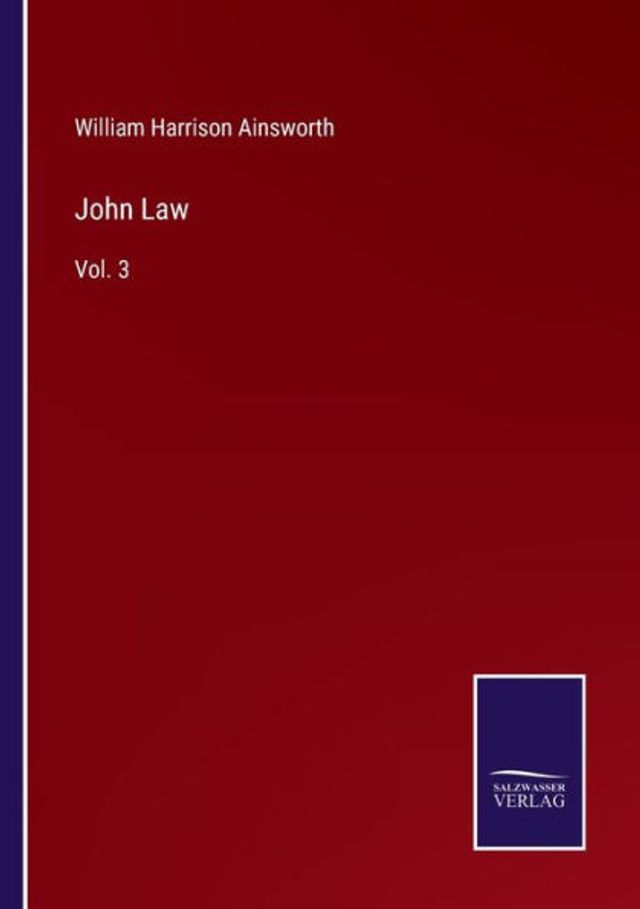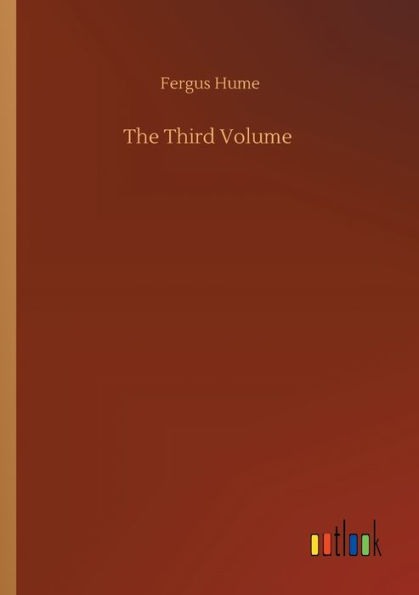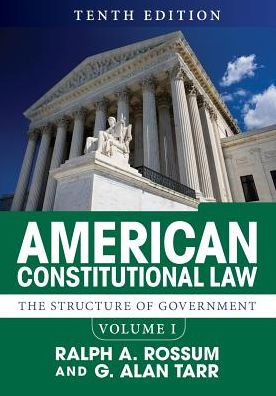Home
Article III Standing: Volume 1


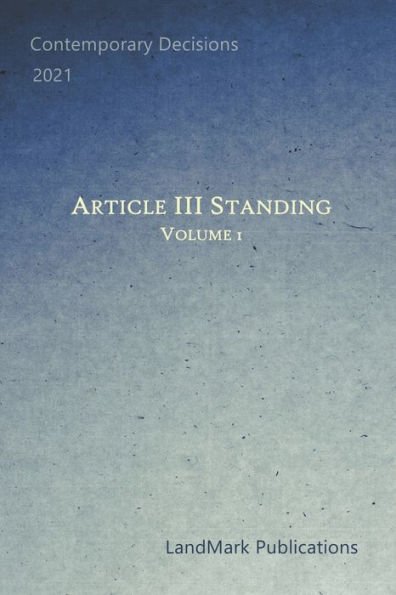
Article III Standing: Volume 1
Current price: $50.24
Loading Inventory...
Size: OS
THIS CASEBOOK contains a selection of U. S. Court of Appeals decisions that analyze, discuss and interpret the doctrine of Article III standing. Volume 1 of the casebook covers the District of Columbia Circuit and the First through the Fifth Circuit Court of Appeals. * * * Article III standing is "part and parcel of the constitutional mandate that the judicial power of the United States extend only to 'cases' and 'controversies.'" See Libertarian Party of Virginia v. Judd, 718 F.3d 308, 313 (4th Cir. 2013) (quoting U.S. Const. art. III, § 2). That constitutional mandate thus "requires a party invoking a federal court's jurisdiction to demonstrate standing." See Wittman v. Personhuballah, ___ U.S. ___, 136 S. Ct. 1732, 1736, 195 L.Ed.2d 37 (2016). To that end, the "irreducible constitutional minimum of standing contains three elements": (1) the plaintiff must have suffered an injury-in-fact, which (2) must be causally connected to the conduct complained of, and that (3) will likely be redressed if the plaintiff prevails. See Lujan v. Defs. of Wildlife, 504 U.S. 555, 560-61, 112 S.Ct. 2130, 119 L.Ed.2d 351 (1992). As no case or controversy exists without injury-in-fact, it is the "[f]irst and foremost" element of Article III standing. See Steel Co. v. Citizens for a Better Env't, 523 U.S. 83, 103, 118 S.Ct. 1003, 140 L.Ed.2d 210 (1998).In order to establish injury-in-fact, a plaintiff must show that she suffered "an invasion of a legally protected interest"-i.e., an injury-that is "concrete and particularized." See Lujan, 504 U.S. at 560, 112 S.Ct. 2130. Crucially, concreteness and particularization are distinct requirements for injury-in-fact; the former is "quite different" from the latter. See Spokeo, Inc. v. Robins, ___ U.S. ___, 136 S. Ct. 1540, 1548, 194 L.Ed.2d 635 (2016). An injury is particularized if it "affect[s] the plaintiff in a personal and individual way." Id. And an injury is concrete if it is "de facto"-that is, if it "actually exist[s]." Id.Concrete injuries are not, however, limited to those injuries that result in tangible harm. See Spokeo, 136 S. Ct. at 1549. Indeed, injury-in-fact is often predicated on intangible harm. See, e.g., Fed. Election Comm'n v. Akins, 524 U.S. 11, 24-25, 118 S.Ct. 1777, 141 L.Ed.2d 10 (1998) (informational injury); Lujan, 504 U.S. at 562-63, 112 S.Ct. 2130 (aesthetic injury); Heckler v. Mathews, 465 U.S. 728, 739-40, 104 S.Ct. 1387, 79 L.Ed.2d 646 (1984) (stigmatic injury). Notwithstanding, a statutory violation is not necessarily synonymous with an intangible harm that constitutes injury-in-fact. See Spokeo, 136 S. Ct. at 1549. For that reason, when a plaintiff sues to vindicate a statutory right, she still must establish that she suffered a concrete injury from the violation of that right. That is, a plaintiff cannot merely allege a "bare procedural violation, divorced from any concrete harm" and "satisfy the injury-in-fact requirement of Article III." Id.Baehr v. Creig Northrop Team, PC, 953 F. 3d 244 (4th Cir. 2020)
